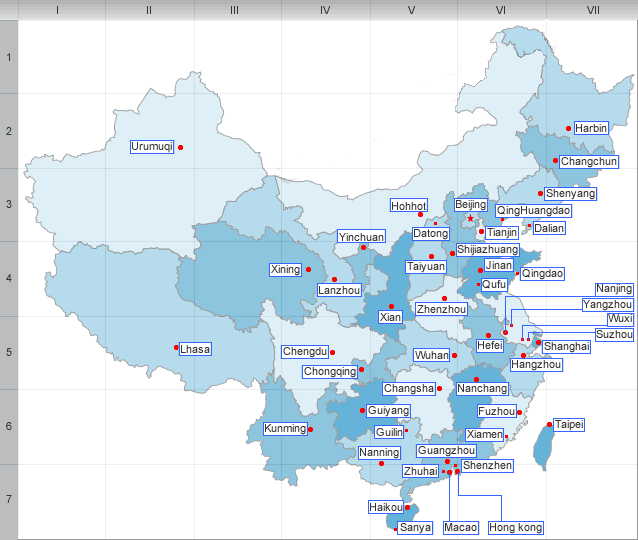Economy of Xinjiang
Economy
In the most populated areas cotton and silk are produced and wheat, rice, millet, potatoes, sorghum, sugar beets, and fruit are grown. Although extensive areas of grazing land have been converted to raising wheat, large-scale animal husbandry remains important, and the number of livestock (sheep, goats, cattle, horses, and camels) is increasing. Many of the Kazakh and Mongol stock-herders are still at least seminomadic.
Although Xinjiang is predominantly agricultural and pastoral, it has rich mineral resources. The vast oil fields at Karamay are among the largest in China, and there are extensive deposits of coal, silver, copper, lead, nitrates, gold, and zinc. New mines as well as associated industry, such as refineries, ironworks, steelworks, and chemical plants, have been established. Other industries include textile and cement production and sugar refining.
| PREV:Administrative divisions of Xinjiang | Next:Geography and climate if Anhui |



